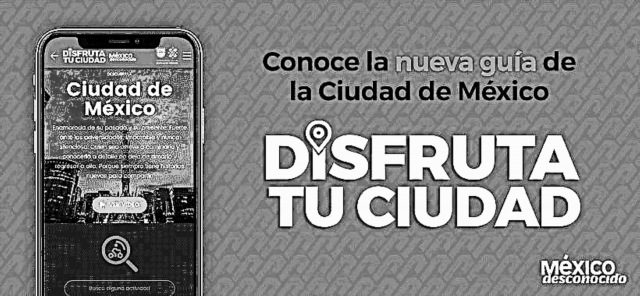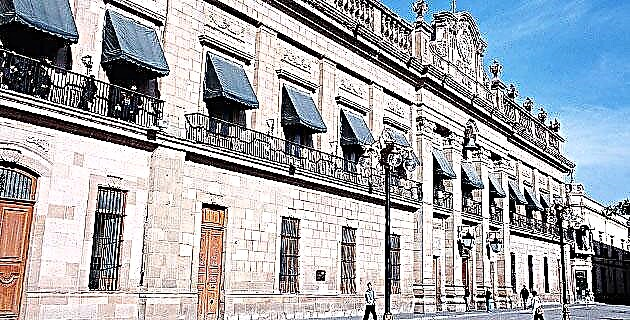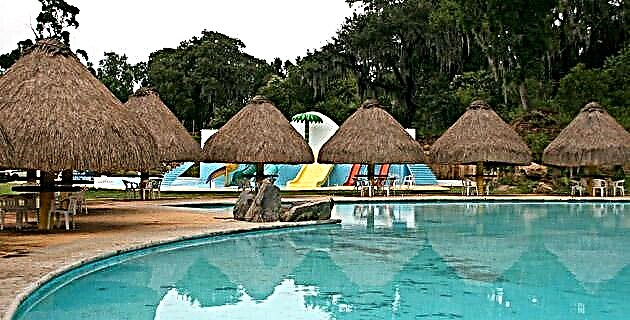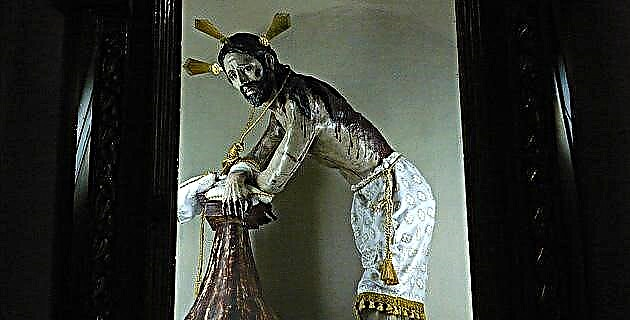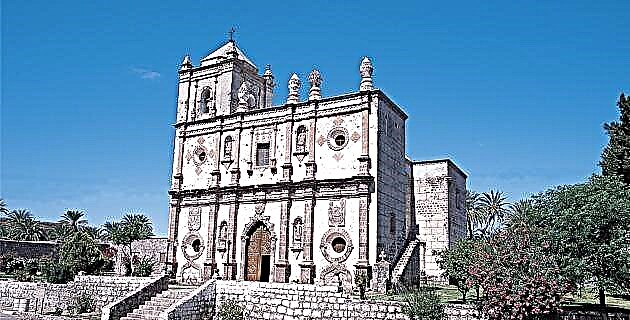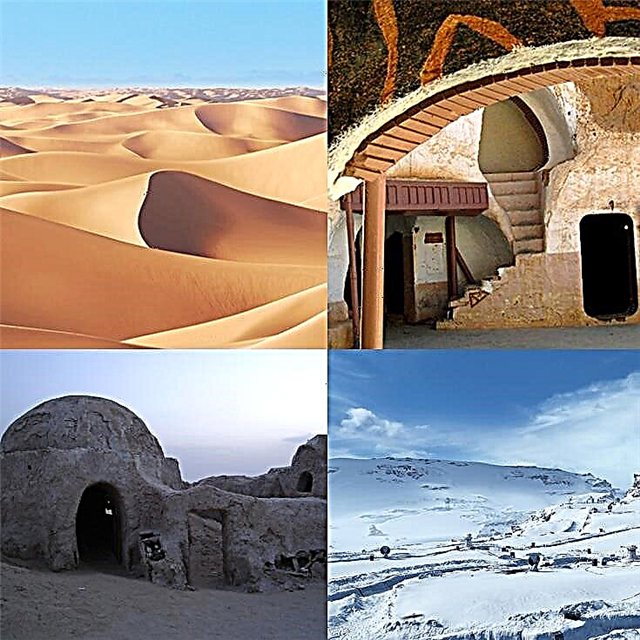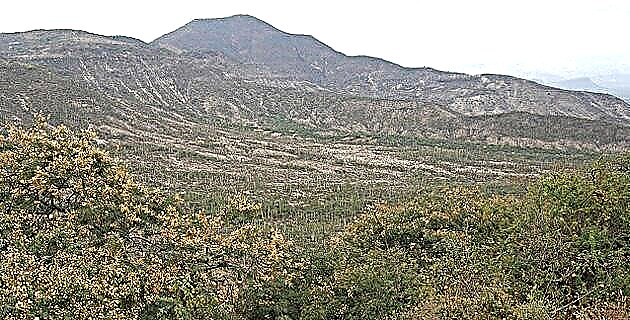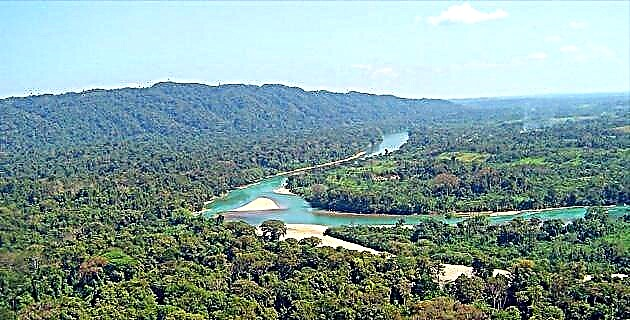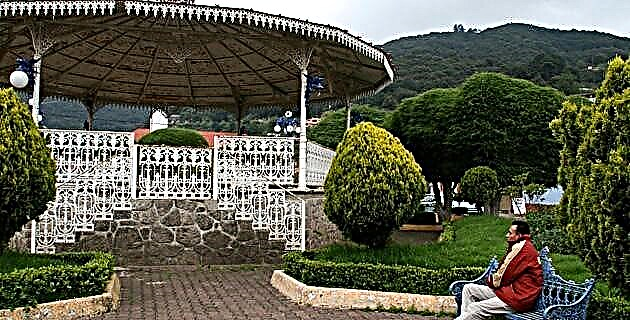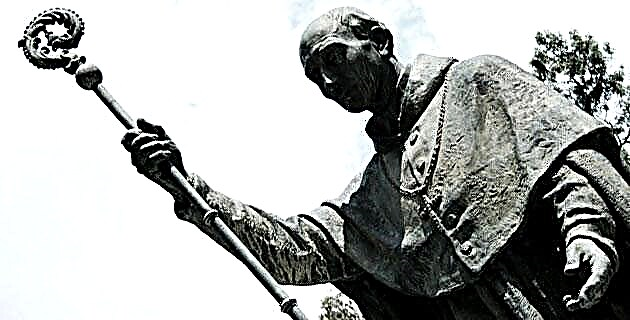
We present you an approach to the life and work of this character, the first bishop of Michoacán and a dedicated defender of the rights and freedoms of indigenous peoples in Mexico.
Oidor and Bishop of Michoacán, Vasco Vazquez de Quiroga He was born in Madrigal de las Altas Torres, Ávila, Spain. He was a commission judge in Valladolid (Europe) and later appointed judge of the Viceroyalty of New Spain.
There are doubts about the place where he studied, but most historians assume that it was in Salamanca, where he made his career as a lawyer, which he concluded in 1515.
In 1530, having already graduated, Vasco de Quiroga was carrying out a commission in Murcia when he received a communication from the king designating him to be a member of the Audiencia in Mexico, on the recommendation of the Archbishop of Santiago, Juan Tavera, and the members of the Council of the Indies, since the colonizing company in America he had had a crisis due to the iniquities of the first Audiencia.
Thus, Quiroga arrived in Mexico in January 1531 and carried out his mission exemplary together with Ramírez de Fuenleal and three other oidores. The first measure was to open a residence trial against Nuño Beltrán de Guzmán, Juan Ortiz de Matienzo and Diego Delgadillo, former judges, who were guilty and soon returned to Spain; the bad treatment that the Iberians had given to the natives and especially the murder of the chief of the Tarascan Indians perpetrated by Nuño de Guzmán, had provoked the rebellion of the natives of Michoacán.
As a visitor and peacemaker in the region (which currently occupies the state of Michoacán), Vasco de Quiroga became interested in the social and religious situation of the defeated: he tried to found Granada, as well as the creation of hospitals, those of Santa Fé de México and Santa Fé de la laguna in Uayámeo on the shores of the great lake of Pátzcuaro, which they called town hospitals and which were institutions of community life, ideas that he took from his humanistic training, which included proposals and theories of Tomás Moro, Saint Ignatius of Loyola, Plato and Luciano.
From the magistracy, Quiroga passed to the priesthood being consecrated by Fray Juan de Zumárraga, then bishop of Michoacán; Carlos V had forbidden his subjects to enslave the Indians but in 1534 he repealed this provision. Upon learning of it, the Avila-born sent to the monarch his famous Information on law (1535), in which he energetically condemned the encomenderos "perverse men who do not agree that the natives should be regarded as men but as beasts" and passionately defended the natives, "who do not deserve to lose their freedom."
In 1937, "Tata Vasco" (as the original Michoacan men he embraced called him) was appointed Michoacan bishop, in a single act where he received all the priestly orders. He participated, already as bishop, in the erection of the Cathedral of Morelia. There he formed "a gender of Christians, right-wing as the early church." He urbanized many localities, mainly in the lake region, concentrating his main neighborhoods in Pátzcuaro, which provided hospitals and industries, for which he also instructed the indigenous people for their work and systematic care.
Therefore, the memory of Quiroga in these lands is endearing and imperishable. The first bishop of Michoacán and defender of the indigenous causes died in Uruapan in 1565; his remains were buried in the cathedral in the same town.

